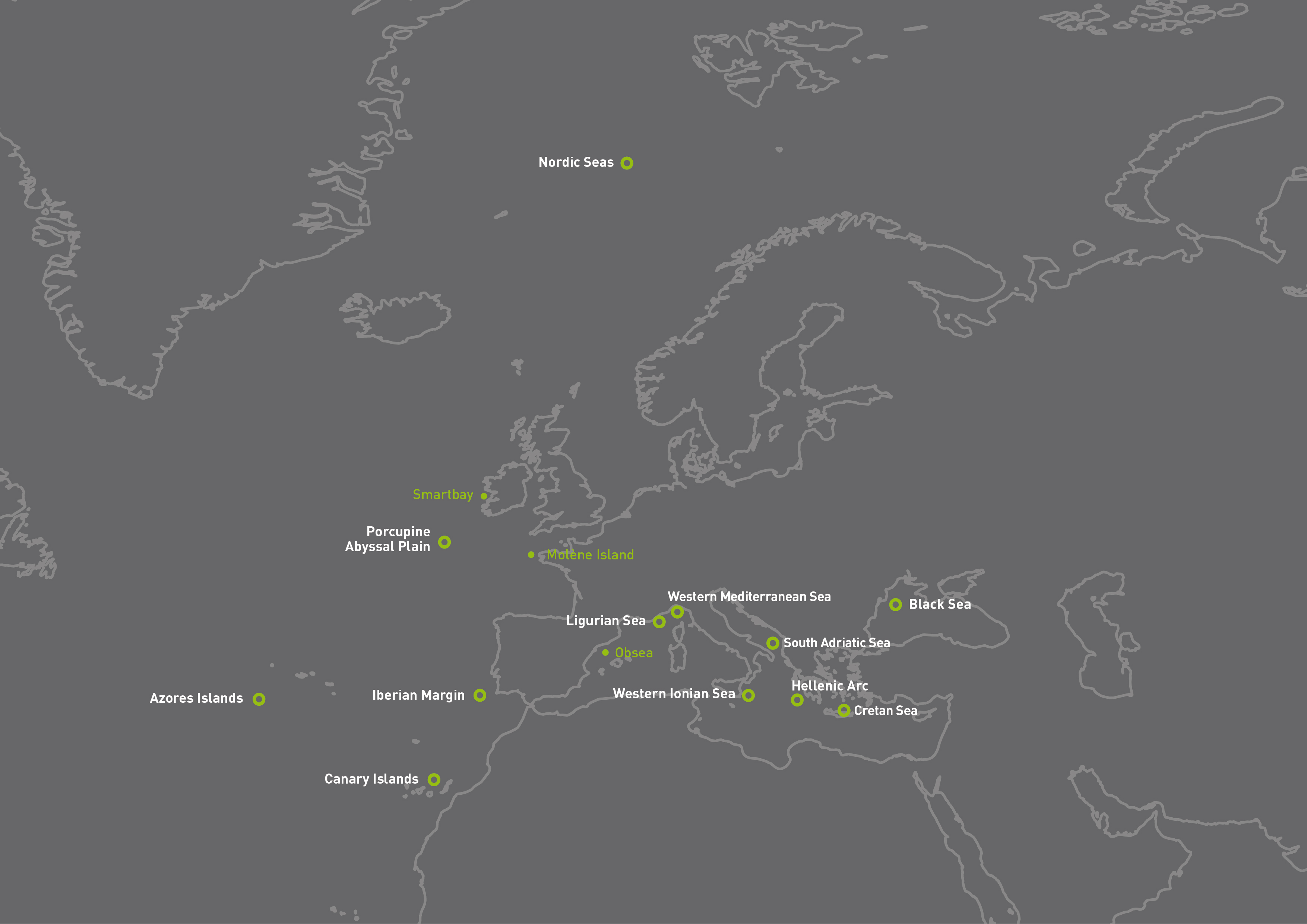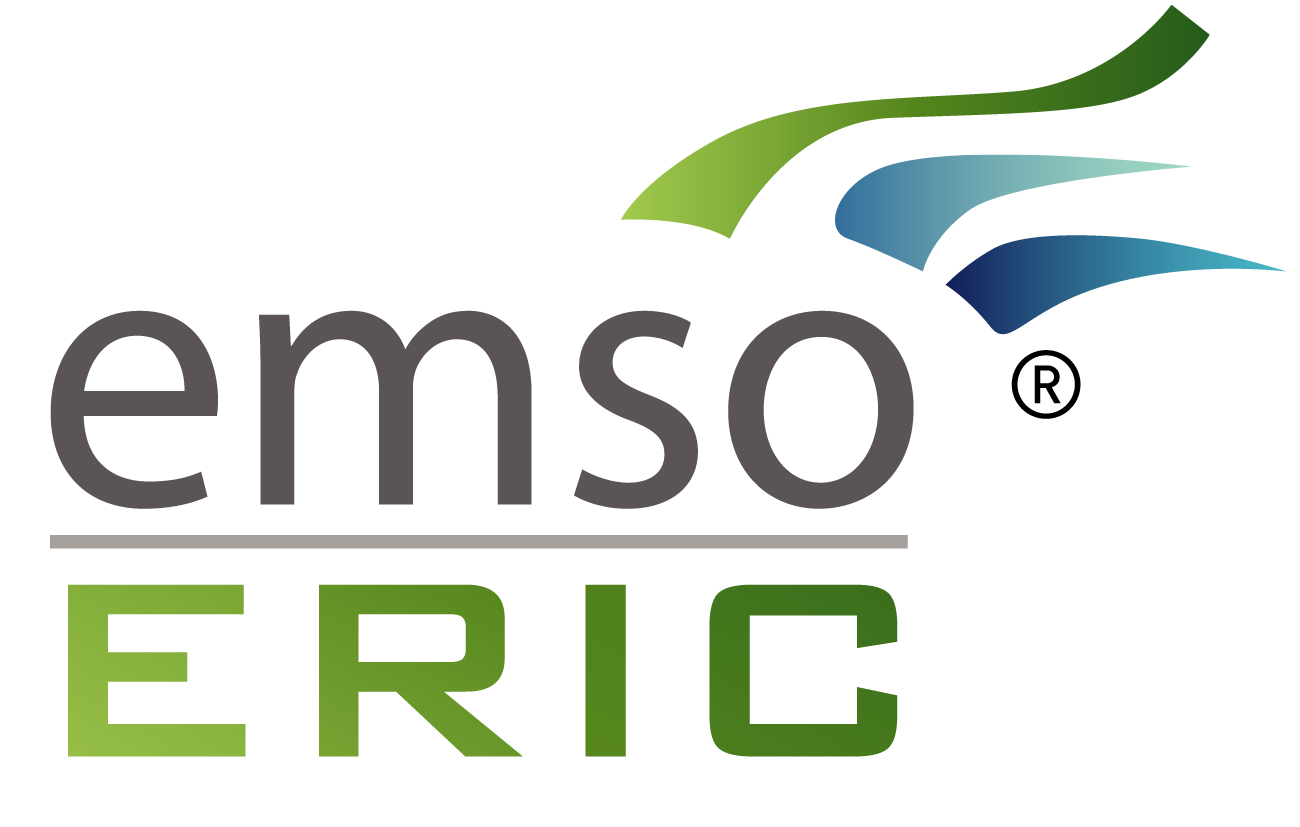EMSO, European Multidisciplinary Seafloor and water column Observatory,
is a pan-European research infrastructure that aims to promote exploration of the oceans and seas surrounding Europe and better understanding of phenomena that occur in the deep ocean environment in order to help explain the role that these phenomena have in the dynamics of the Earth System.
EMSO is a system of regional infrastructures (Regional Facilities) whose underwater observation platforms are arranged in strategic sites around Europe, from the Norwegian Sea to the Atlantic, the Mediterranean up to the Black Sea. The platforms, arranged on the seabed and along the water column, they are equipped with sensors that continuously acquire biogeochemical and physical measurements important for understanding the phenomena that characterize the deep marine environment including the interactions between the hydrosphere, geosphere and biosphere.
The major environmental issues that EMSO addresses are:
• Climate changes
• Ocean dynamics (eg ocean heat content, acidification, biogeochemical processes, etc.)
• Status and possible evolutions of marine ecosystems
• Triggering and evolution of Geohazards in the marine environment (eg earthquakes, submarine eruptions, tsunamis, submarine gas emissions, etc.)
The EMSO infrastructure is designed to offer:
• access to acquired and validated data;
• access of scientific and industrial users to observation platforms for testing devices and software;
• access to the development and management laboratories of the observing platforms;
• specialist training services (e.g. training and workshops)
• dissemination services on the environmental issues to which it is addressed.
The skills that EMSO makes available to users cover a wide range of disciplines thanks to the sharing of skills and resources of its scientific community.
EMSO has been present since 2006 among the European research infrastructures of the Roadmap of (European Strategy Forum on Research Infrastructures), and in September 2016 the European Commission granted EMSO the status of ERIC, European Research Infrastructures Consortium, thus formalizing the birth of the "legal entity" with registered office at INGV, which coordinates the infrastructure.
There are currently nine Member Countries of the European Consortium: France, Greece, Ireland, Italy, Portugal, United Kingdom, Romania, Spain and Norway.
The main research institutes and Italian universities involved in the marine science sector (CNR, ENEA, IIM, INFN, INGV, ISPRA, OGS, SZN, CoNISMa) signed a collaboration agreement in 2015, establishing the Joint Research Unit (JRU) , coordinated by INGV. The objective of the JRU is to coordinate the Italian participation in EMSO ERIC activities by strengthening the presence of Italian Regional Facilities and the ability to offer high quality scientific and technological services.






